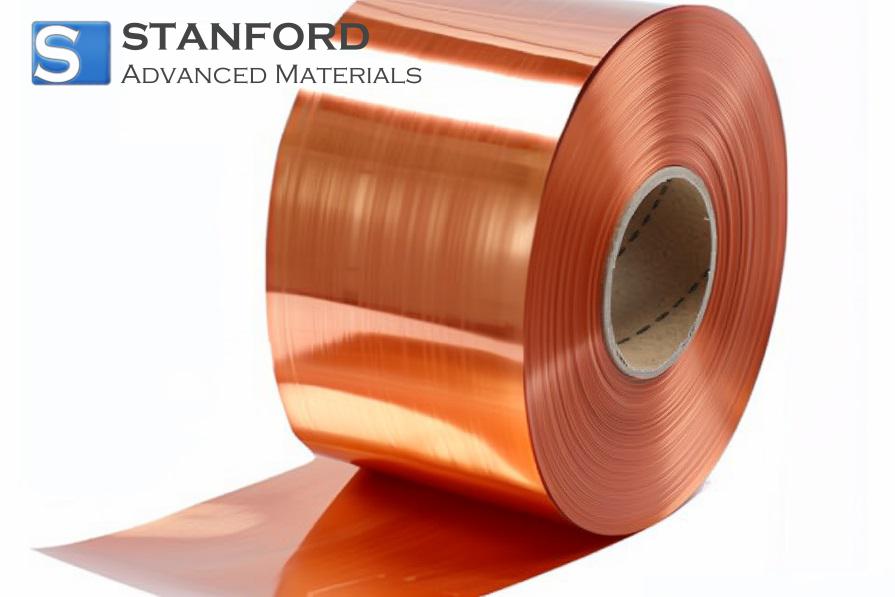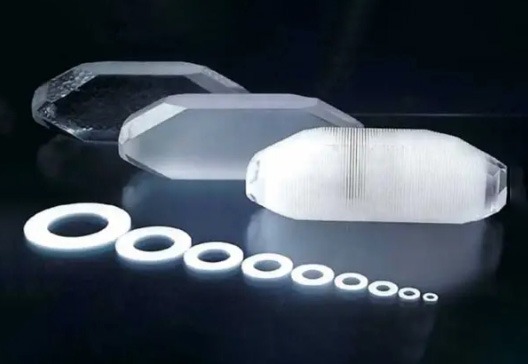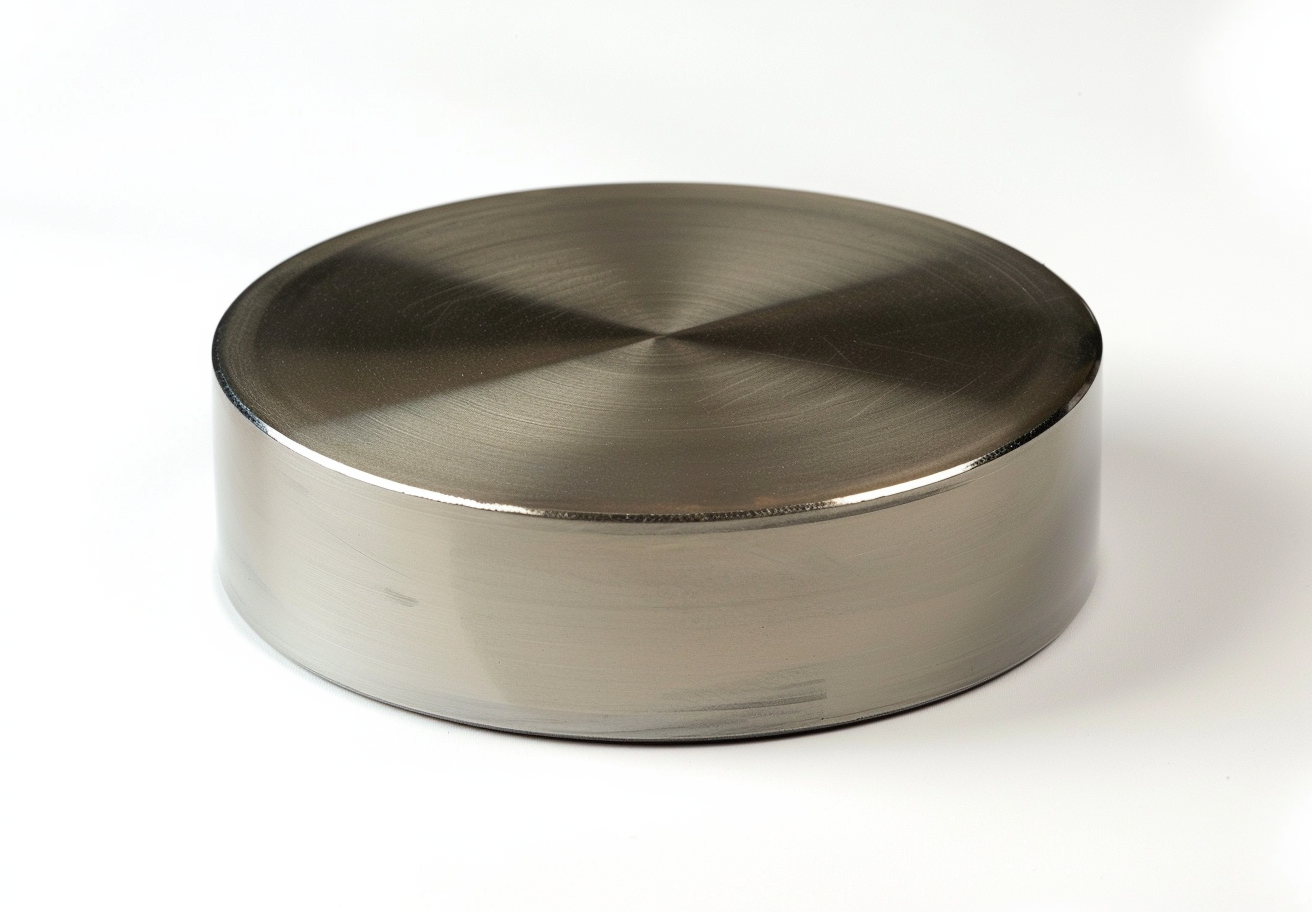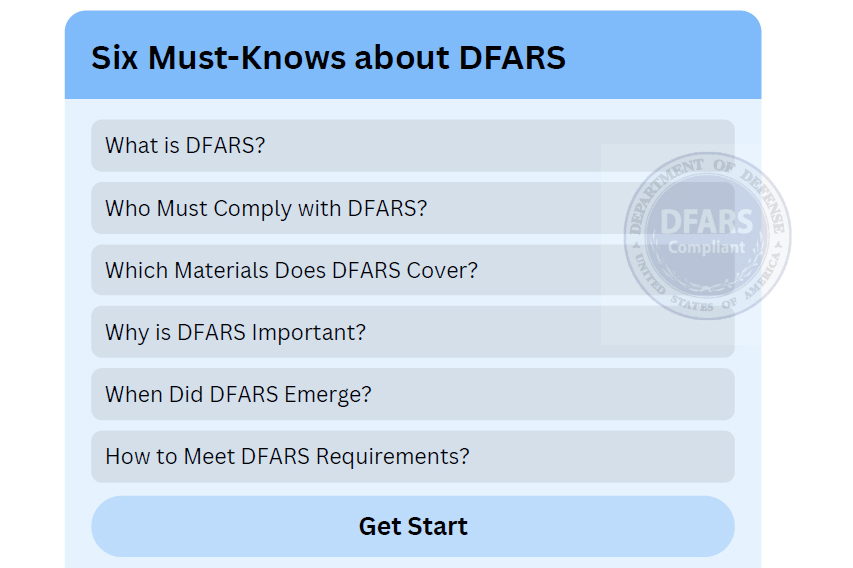Nanotechnology Enables Creation Of Printable Smart Phones
A group of Australian engineers has developed a laser device known as a Spaser. The finding is reported in an article published in ACS Nano. The Spaser will allow manufacturers to produce very small and flexible mobile telephones. Nanolasers are lasers on the nanoscale that generate a beam of light when free electrons vibrate. A conventional laser occupies a larger area. The Spaser presented in the report is produced from carbon, whereas earlier lasers derived from plasmon amplification during radiation emission excitation.
Earlier devices have been manufactured from silver and gold nanoparticles or semiconductor quantum dots. The Australian engineers assembled the Spasers using a gain module composed of carbon nanotubes and a graphene resonator. The lead engineer reported that the devices demonstrate improved mechanical resilience and thermal stability because they are composed solely of carbon. These properties may permit the production of mobile telephones that are sufficiently thin to be printed on textiles in the future. It is expected that devices incorporating Spaser technology will eventually replace transistor-based components such as displays, memory storage and microprocessors. Consequently, current restrictions on bandwidth and miniaturisation will be overcome.
The article states that the Spaser is manufactured from carbon nanotubes and graphene. Carbon nanotubes and graphene are more than 100 times harder than steel and provide high thermal and electrical conductivity. They can withstand extremely high temperatures. In addition, the two carbon materials can couple to transfer energy by means of light. Given that these optical interactions occur rapidly and with quantifiable energy efficiency, they are suitable for computer processors and other applications. Chanaka, the lead engineer, also reported that graphene and carbon were tested with nanoscale antennas, waveguides and electrical conductors. These tests verified that the materials possess the required optical, mechanical and electrical properties.
Many institutions have shown interest in Spaser technology. They are investing in the research and development of the new technology. For instance, Georgia State University plans to open a Centre for Nano Coptics. This initiative will act as a milestone in the study of nanoplasmatic metal funnels and Spaser technology. Other applications, such as the treatment of cancer, are under investigation.

 Bars
Bars
 Beads & Spheres
Beads & Spheres
 Bolts & Nuts
Bolts & Nuts
 Crucibles
Crucibles
 Discs
Discs
 Fibers & Fabrics
Fibers & Fabrics
 Films
Films
 Flake
Flake
 Foams
Foams
 Foil
Foil
 Granules
Granules
 Honeycombs
Honeycombs
 Ink
Ink
 Laminate
Laminate
 Lumps
Lumps
 Meshes
Meshes
 Metallised Film
Metallised Film
 Plate
Plate
 Powders
Powders
 Rod
Rod
 Sheets
Sheets
 Single Crystals
Single Crystals
 Sputtering Target
Sputtering Target
 Tubes
Tubes
 Washer
Washer
 Wires
Wires
 Converters & Calculators
Converters & Calculators
 Write for Us
Write for Us

 Chin Trento
Chin Trento



